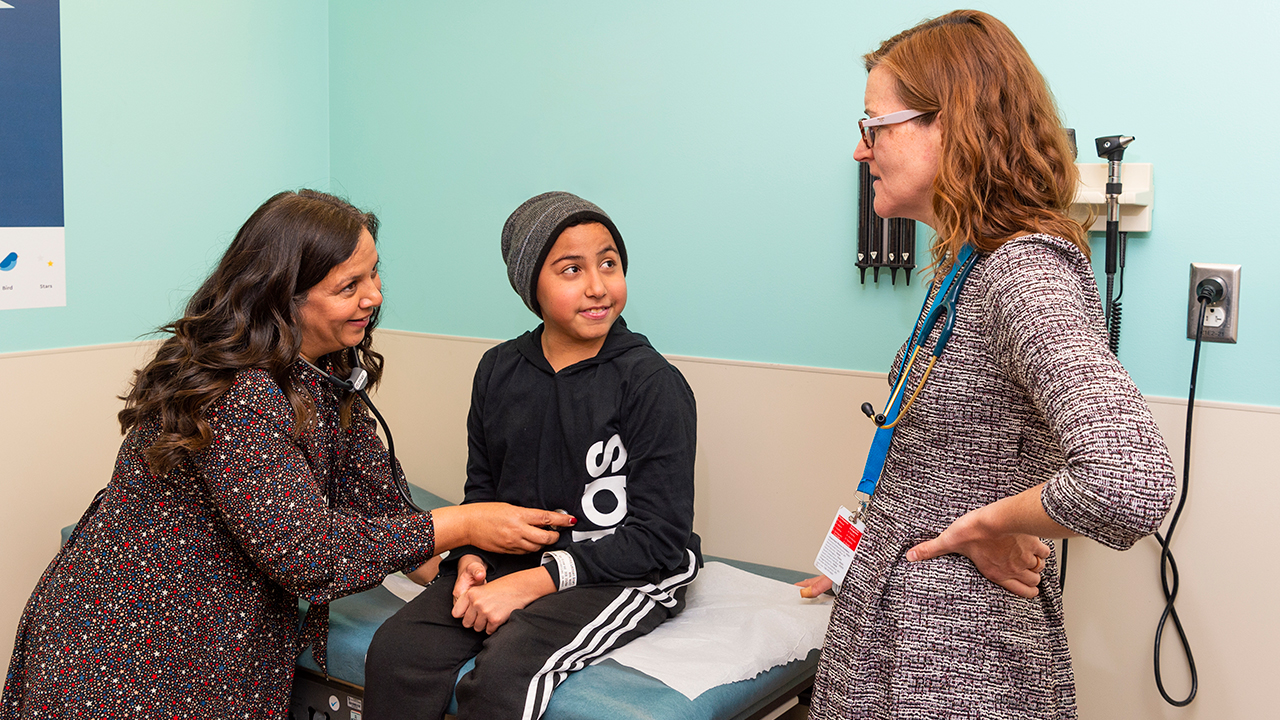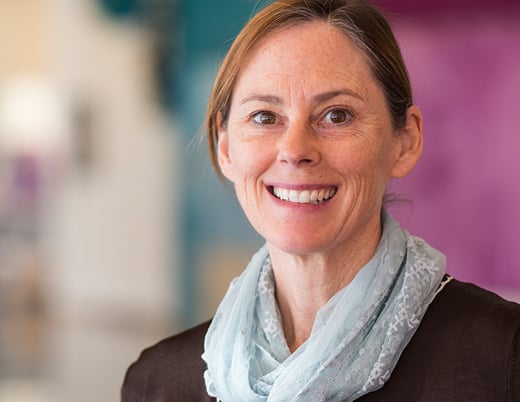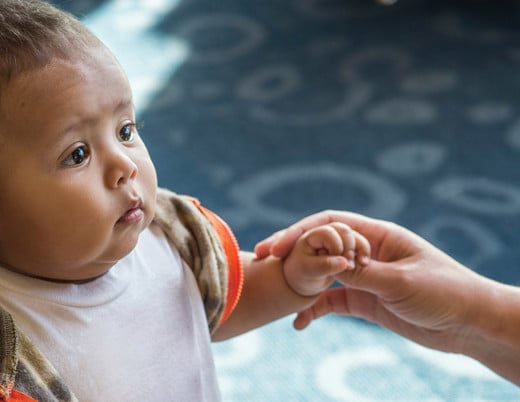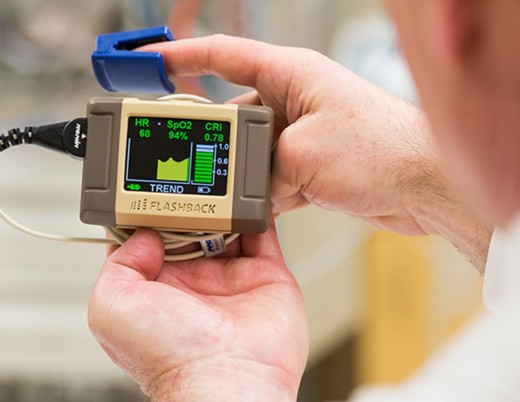Could a rare approach to a complex and multidisciplinary double transplant surgery actually be successful?
LaShawn Prince was born with autosomal recessive polycystic kidney disease, or ARPKD, with congenital hepatic fibrosis — a condition that has a high mortality rate in the first year after birth, with only 3 out of 4 children surviving into childhood. LaShawn survived, but he wasn’t well, and he made many visits to Children’s Hospital Colorado to see his pediatric nephrologist Margret Bock, MD, and pediatric hepatologist Shikha Sundaram, MD.
By age 11, LaShawn’s care was exceptionally complex.
Complications of ARPKD
Development of scar tissue in his liver had begun to transform the way blood was flowing through it. That was causing complications, including intermittent bleeding, necessitating frequent blood transfusions. And because his kidneys were failing, he required hemodialysis multiple days a week to clean and filter his blood.
Deteriorating organ function ultimately put him in need of a double transplant — liver and kidney.
“That’s where things got tricky,” says Dr. Bock. “LaShawn’s multiple blood transfusions made him highly sensitized, meaning he had exceptionally high antibody levels that would react to foreign tissue. Finding donor organs that would be compatible for him was going to be like finding a needle in a haystack. So we waited, and we waited — for about a year and a half.”
LaShawn was in and out of the hospital. The doctors started him on monoclonal antibody therapies to eliminate some of the antibodies in hopes of finding a negative, compatible crossmatch for the forthcoming kidney transplant. But the medication made him more vulnerable to infection.
Devising an innovative approach to double transplant surgery
“We knew the chances of acceptably matched organs were slim,” says pediatric transplant surgeon Michael Wachs, MD, “so we began to review literature and spoke at length with both pediatric and adult specialists across the country.”
That led to an idea: transplantation of LaShawn’s liver while he received intra-operative dialysis and the donor kidney was on a pump. The plan was that the liver would absorb LaShawn’s many antibodies, removing them from his circulation and therefore allowing a kidney transplant surgery without immediate organ rejection.
Execution would be extremely complicated. It would require significant preplanning, as well as continuous cooperation, communication and synchronization from at least 10 different teams — dozens of people — including surgery, anesthesiology, nephrology, hepatology, immunology, pharmacists, infectious disease specialists, critical care dialysis teams, the blood bank and the intensive care unit.
“After umpteen meetings with frank discussions with everyone on every team about every kind of if-then scenario, we still were not sure if our plan was actually going to work. But it was this or nothing,” says Dr. Sundaram.
Performing the complex double transplant surgery
The team received an offer of suitable organs and decided to proceed. Dr. Bock describes when they transplanted and perfused the liver:
“We knew LaShawn had a positive crossmatch with his donor. It originally had a mean fluorescence intensity, or MFI, of 20,000, which was incredibly high, and which we knew would result in immediate rejection of the kidney if it did not decrease. For a negative crossmatch, and for us to be comfortable that a recipient will accept a donor kidney without rejection, we really need the MFI to be under 500. While LaShawn was on dialysis in the operating room, Dr. Wachs re-perfused the liver. Amazingly, an hour later, the MFI had come down to 200. It was incredible, we didn’t believe it. The liver had done exactly what we had hoped and planned — it acted like a sponge to soak up LaShawn’s circulating antibodies.”
With LaShawn still on dialysis, the team moved him to the pediatric intensive care unit and followed his immune response to the new liver overnight. The following morning, with a confirmed negative crossmatch, LaShawn successfully received his donor’s kidney — it functioned immediately, without a hint of rejection.
A successful double transplant outcome
Now months after the operation, LaShawn is thriving. He makes visits to current transplant patients at Children’s Colorado to offer support.
“I think medically what we did is interesting,” reflects Dr. Wachs, "but more importantly, this case personifies the work we’ve put in to build a multidisciplinary transplant approach. We had a lot of brilliant people with lots of opinions, and we all pulled together, came up with a comprehensive plan, carried it out, and it worked.”
Drs. Wachs, Bock and Sundaram plan to submit LaShawn’s case for publication.
Featured Researchers
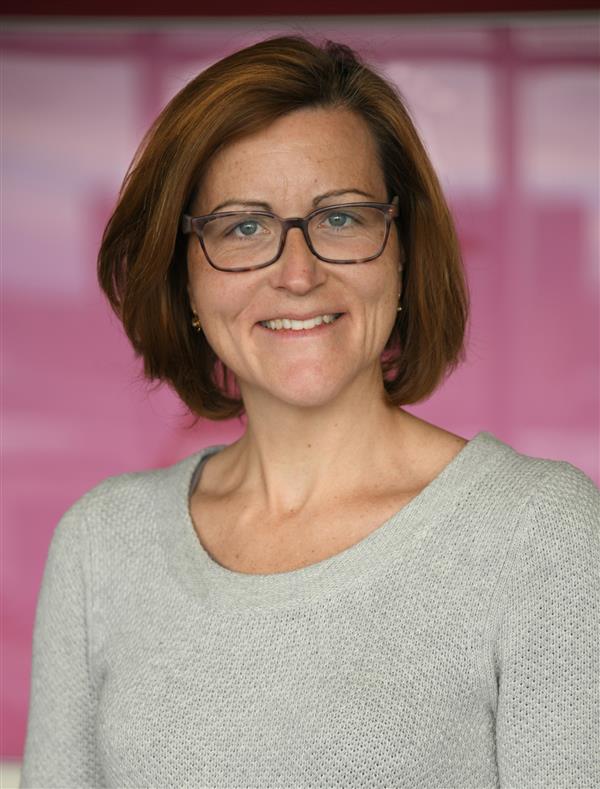
Margret Bock, MD
Pediatric nephrologist
Pediatric Nephrology
Children's Hospital Colorado
Associate professor
Pediatrics-Nephrology
University of Colorado School of Medicine

Shikha Sundaram, MD
Medical Director, Liver Program
Gastroenterology and Transplant Hepatology
Children's Hospital Colorado
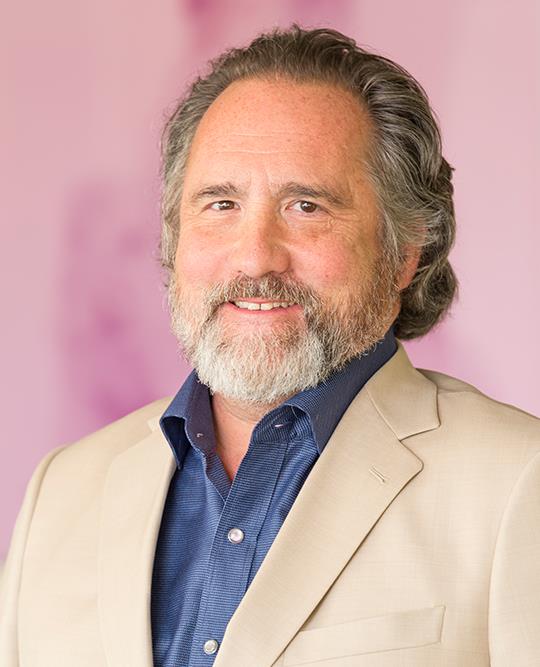
Michael Wachs, MD
Chief of Abdominal Transplant Surgery
Pediatric Transplant Program
Children's Hospital Colorado
Professor
Surgery-Transplant
University of Colorado School of Medicine





 720-777-0123
720-777-0123







